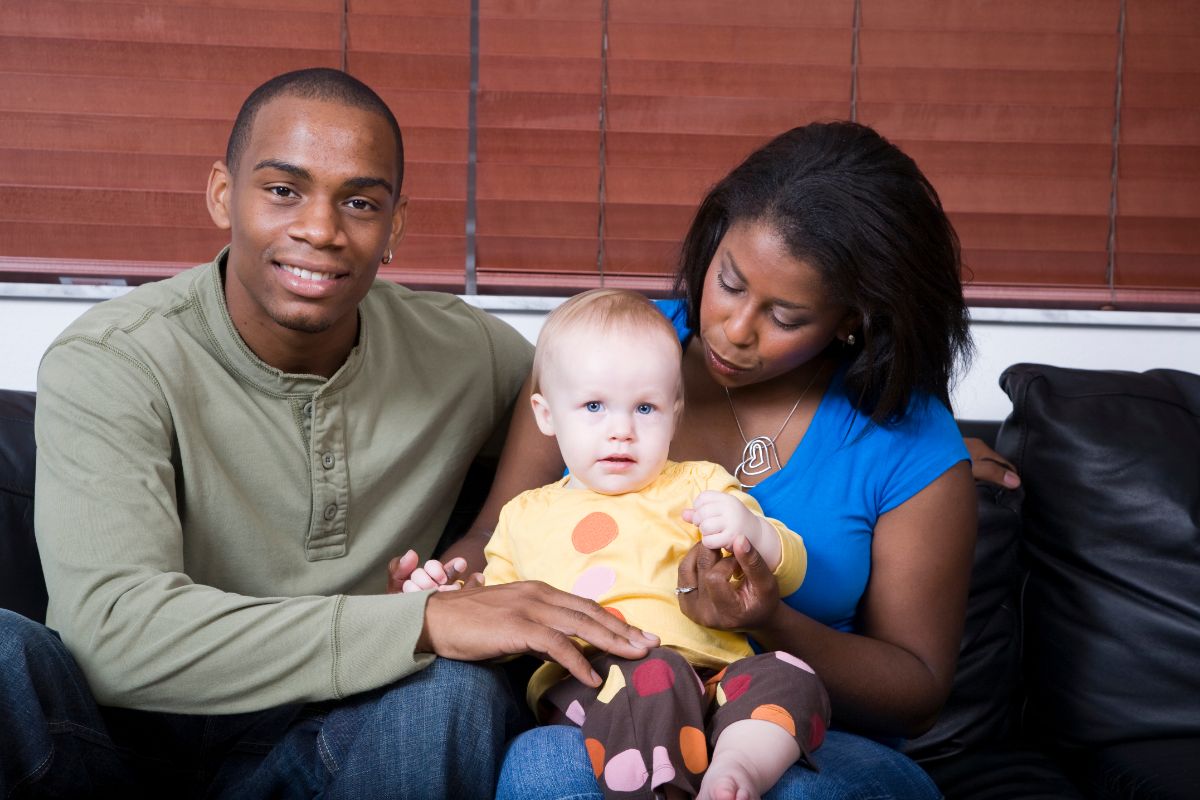Adoption is a wonderful way to grow your family and give a child a welcoming home. There are a number of different types of adoption, from open adoption to a closed adoption process.

If you consider adopting a child, then it’s a good idea to familiarize yourself with these forms of adoption. In this article, we take a look at closed adoption, what the closed adoption process involves and some pros and cons.
What Is A Closed Adoption?
A closed adoption is when the adoptive family or the adopted child does not have any contact with the birth parents or biological parents of the child (see also “What Age Can You Adopt A Child?“). The child’s new adoptive parents won’t receive any personal information about the child’s biological parents (see also “6 Best Background Checks For Adoptive Parents“).
This helps to maintain privacy for both the adoptive family and the birth parents. However, this also means that the biological parents won’t be involved in their child’s life at all and the adoptive parents have full legal parenthood of the child.
How Does The Closed Adoption Process Work?
Although the majority of birth mothers prefer to have some contact with their children and the child’s adoptive family, some mothers choose to play no part in the life of their biological child.
Here are some of the steps of a closed adoption process where women place their baby for adoption without further contact later (see also “How To Adopt A Newborn Baby Quickly“).
Find An Adoptive Family Who Are Interested In Closed Adoption
The best point to start is by looking for a family who is interested in adopting a child through a closed adoption.
While there are many other popular forms of adoption, such as semi-open adoption and open adoption, there are also a number of adoptive parents who are happy to know as little about their child’s biological parents as possible.
As a birth mother who prefers a closed adoption, you can either try to find an adoptive family yourself or work with an adoption agency.
If you are looking for an independent adoption, then make sure that you hold as much information back as possible and work with an adoption attorney.
Limit Pre-Placement Contact With The Child
In a closed adoption process, there is no direct contact between the adoptive family and the birth mother. If you work with an adoption professional, then he/she will liaise between you and the adoptive parents.
As part of an independent closed adoption, you will need a mediator. This could be an attorney or a family member.
Keep Separate Rooms In The Hospital
Birth parents who choose to place their child through closed adoption usually have a separate room in the hospital, so they don’t interact. Adoptive parents can also visit the baby in a guest room or the nursery where they don’t meet the biological parents.
Limit Post-Placement Contact
While there is no contact between the birth mother and the child’s adoptive family, there are some situations where a mediator may need to liaise with both sides.
For example, if the birth mother discovers she has a medical condition at a later period in life, then she can advise her mediator or adoption agency. They will ensure that this information is forwarded to the adoptive parents.
Advantages Of Closed Adoption

While many adoption experts wouldn’t initially recommend a closed adoption to adoptive families and birth parents, there are some situations where this type of adoption is more suitable. Closed adoption allows the birth mother to find a sense of closure.
This type of adoption helps to create more privacy for the birth parents of the child. But the adoptive family also benefits from the greater privacy with a closed adoption. There is no need to send cards or interactions at the hospital.
It’s worth saying that for some families, greater privacy is a big advantage, while others would see this as a disadvantage for their family life and the child’s wellbeing.
It’s also important for adoptive families to keep in mind that talking about the adoption with your adopted child can be more difficult with a closed adoption.
Disadvantages Of Closed Adoption
Many adoption specialists see closed adoption as a disadvantage for the adopted child, the adoptive family and the birth parents.
While the birth mother has a right to choose her relationship with her own child and the adoptive family, she will miss out on any updates from the child’s life.
Many birth mothers who go through a closed adoption process wonder later in life if they have made the right decision. This is the reason why many women consider a semi-open adoption where they can play at least some part in their child’s life.
Another big disadvantage of a closed adoption is that the adopted child will have a lot of questions related to their birth parents that their adoptive parents can’t answer because they don’t have the information.
What Is The Difference Between Closed And Open Adoption?
The main difference between a closed adoption and an open adoption is the amount of contact between the birth parents and the adoptive family. In a closed adoption, the adoptive family and birth mother don’t have any contact at all.
In comparison, in an open adoption or semi-open adoption, birth mothers can play a part in their child’s life and they can choose how much they want to interact with their child.
How To Choose Between A Closed Or Open Adoption Process
If you are a birth mother who is looking to place her child for adoption, then it’s important to consider the pros and cons of both open and closed adoption.
If you want to keep interactions with your child to a minimum, then you may want to consider a semi-open adoption that can give you a sense of closure but still allows some contact with your child.
It’s also worth checking the adoption laws in the state where you live. Local adoption agencies and adoption lawyers will be able to give you advice specific to your situation.
Final Thoughts
The closed adoption process allows very little to no contact between the child or adoptive family and the birth parents.
- 10 Best States For Families - March 6, 2023
- Can A White Couple Adopt A Black Baby? - March 1, 2023
- Best DNA Tests For Adoptees - February 28, 2023










